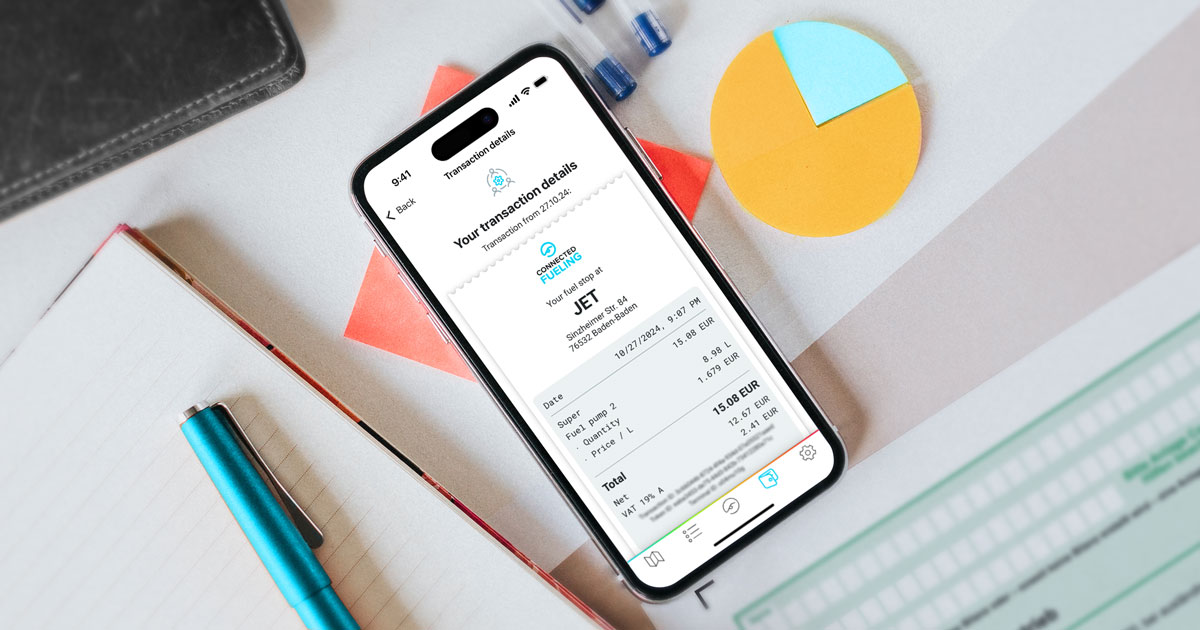
How small businesses can optimize their fleet management efficiently and cost-effectively
Managing a fleet can be quite a challenge for small businesses, especially when it comes to optimizing time and resources. A significant pain point often revolves around the billing of fuel costs, exacerbated by the shortage of dedicated fleet managers. Everyday operational processes, though considered less relevant, end up consuming a substantial portion of the company’s valuable time and resources.
Fuel Billing Challenges in Small Fleet Management
Small fleet companies often grapple with the absence of dedicated fleet managers and the intricacies of fuel billing. In many instances, this responsibility falls on the shoulders of the company’s office staff. However, manually inputting fuel costs into Excel spreadsheets proves to be a time-consuming endeavor for these smaller fleets.
This method also poses challenges in identifying deviations from normal values and tracking rising expenses effectively. The practice of individually querying each driver about their fuel bills further adds to the complexity, resulting in cumbersome paperwork. The consequence is a significant loss of both time and personnel resources, along with the establishment of convoluted processes that could potentially result in chaos. A potential measure to address this issue is the introduction of fuel cards. However, this raises the question of whether and to what extent these cards can contribute to an optimal solution.
Benefits and disadvantages of fuel cards with electronic billing
The implementation of fuel cards featuring electronic billing is a straightforward process, offering focused insights into fuel costs without unnecessary time loss. However, companies opting for fuel card adoption should anticipate longer delivery times, ranging from four to six weeks, particularly for card adjustments or personalization.
Frequently, there are potential costs of up to €10 per card per month. Moreover, the onboarding and offboarding procedures for new drivers, along with the corresponding allocation of fuel cards, often consume valuable time. Consequently, it’s not surprising that there’s a growing demand for efficient and cost-effective administration. Recognizing this need, PACE has crafted an efficient solution to address the challenges faced by small fleets in their administrative processes.
The evolution of their PACE Drive app led to the creation of PACE Drive Business, specifically designed to cater to the needs of small businesses.
Optimization of administrative processes with PACE Drive Business
Digital tools can often help optimize administrative processes. One such tool is PACE Drive Business, specifically catered towards small fleet companies, including tradespeople, the self-employed, freelancers, craft firms, private bus companies, delivery services, and others. It allows administrative staff to share digital payment methods with drivers and save time by streamlining fuel transactions directly at the pump. It integrates all drivers and their fuel expenses into a centralized platform.
Administrators can set individual payment limits for each driver, offering flexibility for adjustments as needed. This precise control ensures accurate oversight of all expenses, with the option to digitally export transactions for clarity. Payment methods can also be individually assigned to each driver, and all payment receipts are securely stored in the company account post-payment, providing instant access when needed.
The centralized administration not only simplifies tracking fuel expenses and changes but also results in significant savings in personnel and time resources. Administrative staff can bid farewell to the hassle paperwork associated with fuel receipts.


